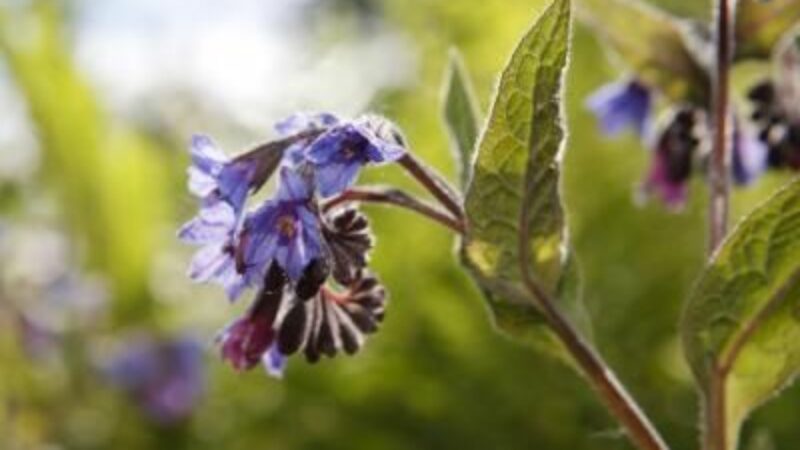Creams containing snail slime have been popular in South America and Korea for a few years but its humble beginnings can be found on a snail farm in Chile. Workers noticed that small cuts on their hands from handling tools and from the snails’ rocky environment would heal quickly without leaving any scars. The reason: snail slime.
What Is Snail Slime?
As part of the snail’s natural defense against the damage of rocky rough surfaces, UV exposure, cuts and bacteria, it doesn’t seem so far-fetched to think that what the slime does for the snail would work on humans. Analysis reveals that snail slime is comprised of proteins and some rather familiar skin care ingredients:
What Is in Snail Slime?
- Allantoin – a chemical compound naturally produced by many organisms, including animals, plants, and bacteria. Odorless, safe, non-toxic, and non-allergenic, allantoin is moisturizing and helps speed up the healing process.
- Collagen – a protein vital to youthful-looking skin, giving it plumpness, firmness and texture.
- Elastin – another protein that helps keep skin flexible and tight. A loss of elastin results in wrinkled, saggy skin.
- Glycolic acid – a popular ingredient in many anti-aging treatments, glycolic acid exfoliates or removes the top layer of skin cells, allowing healthier skin cells to come to the surface. This process can help to improve the way that skin looks and feels.
Armed with all this information, what`s the next logical step? Snail slime cream, of course.
Snail Slime Cream
In Korea, where BB creams first burst onto the skin care scene, products containing snail slime promise to reduce pigmentation, heal burns, improve the appearance of scars, treat acne and fight wrinkles. A pretty tall order for the mucus of a mollusk.
Snail slime joins a long list of unusual ingredients sourced from nature that have found their way into our creams and cosmetics, like nightingale droppings, bee venom, and snake venom.
Health Canada, a department of the federal government, has yet to approve the inclusion of snail slime in products. It is, however, becoming more widely available in the US.
Have you tried it? I’d love to hear whether it’s a wonder or simply a “wonder why I bought it?”




